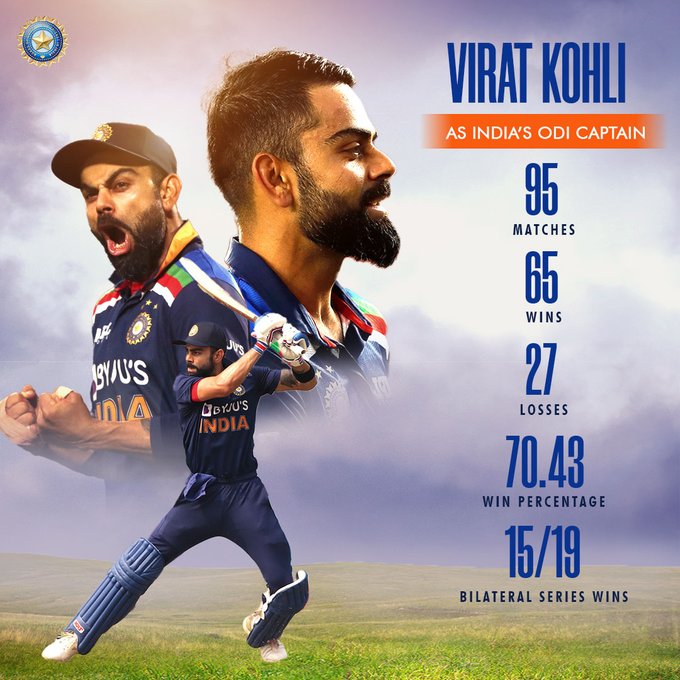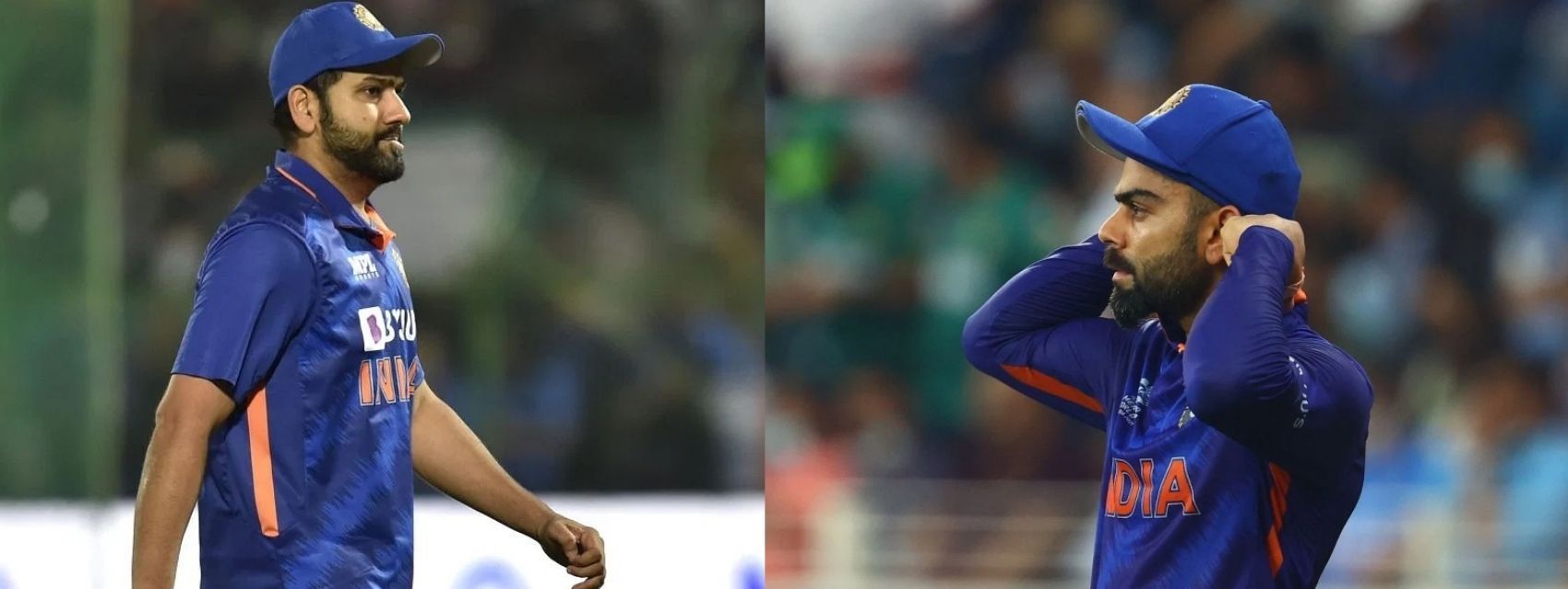
3 reasons why split captaincy is a good move for Indian cricket
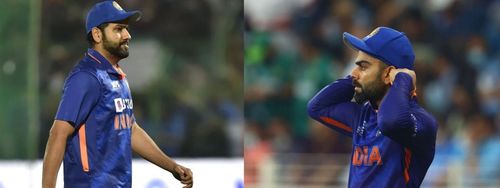
The Board of Control for Cricket in India (BCCI) took a major decision on Wednesday when they handed the one-day captaincy to Rohit Sharma, replacing Virat Kohli. While Kohli quit as T20I captain after the T20 World Cup, he was apparently keen to continue as ODI and Test leader.
The BCCI and the selectors, though, seemed to have a different view. And so, they released a statement while announcing the Test squad for the South Africa series, which read as follows: “The All-India Senior Selection Committee also decided to name Mr Rohit Sharma as the Captain of the ODI & T20I teams going forward.”
The decision means the Indian captaincy has been split on the basis of the red-ball and white-ball formats. In short, Kohli will remain in charge of the Test team while Rohit will take control of the ODI and T20I sides.
Split captaincy in Indian cricket: A smart tactic
In the wake of the latest development with regards to India’s captaincy, we analyze three reasons why the move could be beneficial to cricket in the country.
#1. The intense pressure of leadership can be shared
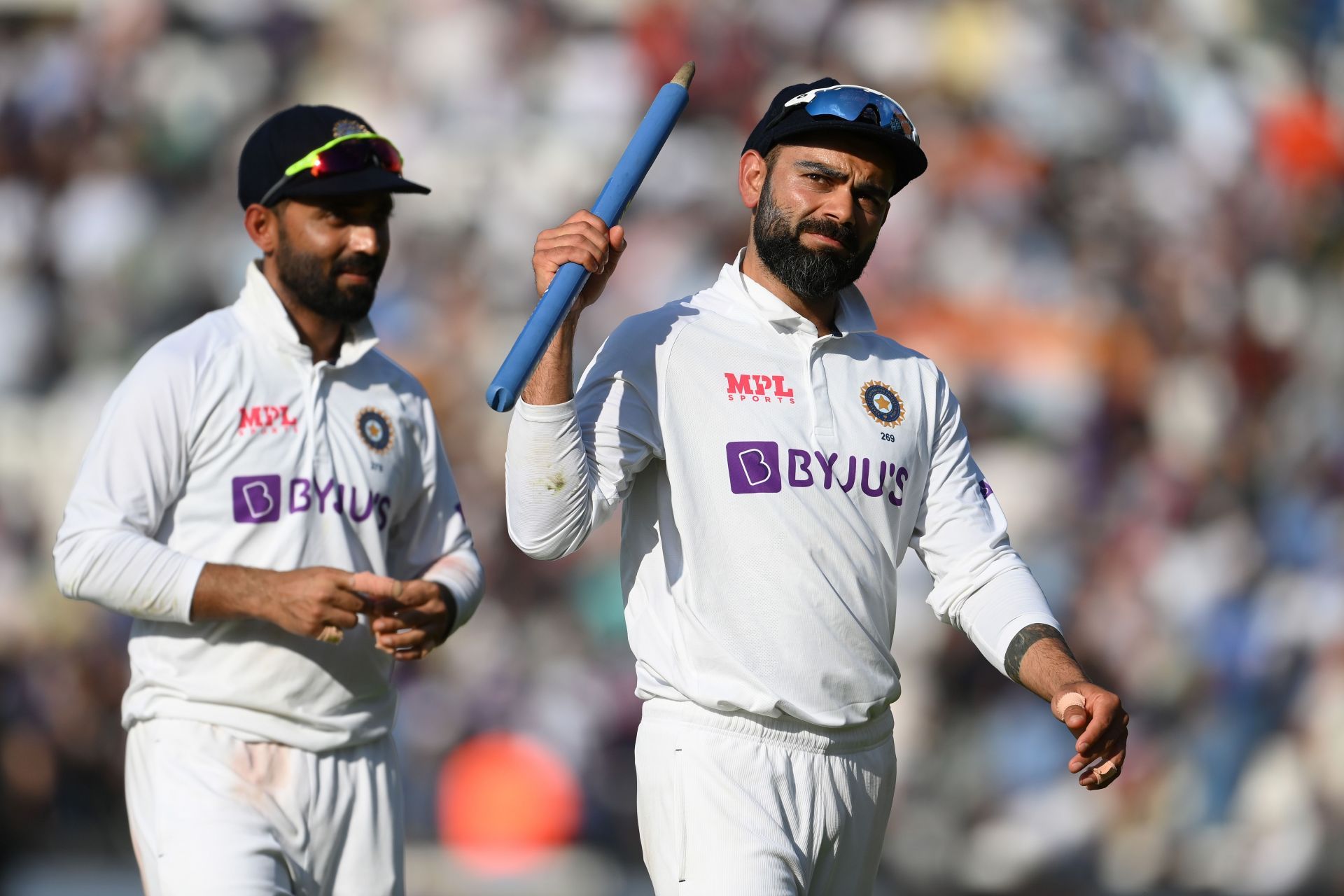
Current head coach Rahul Dravid famously said while resigning from leadership duties in 2007 that captaining India has a ‘shelf life’. The statement holds all the more true today, with growing scrutiny of every more an Indian captain makes. From the armchair critic to legendary former cricketers, everyone has an opinion of what the Indian skipper should do and shouldn’t.
While that has always been the case, until a couple of decades ago only two formats of the game existed, and captaining the Indian team in both Tests and ODIs was a manageable task. Things are not the same anymore. It is no secret that India plays more matches than anyone else in the world because of the popularity of its cricket team.
And we are not just talking about international cricket but also the Indian Premier League (IPL), which consumes nearly two months of the cricketing calendar. Under such circumstances, it is practically impossible for any human to lead the team day in and day out.
To his credit, Kohli did the job commendably for a number of years. But the time is now right for the captaincy to be split in an appropriate manner. With Kohli captaining in Tests and Rohit in limited-overs cricket, the leadership has been streamlined and the pressure can thus be shared by two men instead of one.
#2. India need Kohli the batter to revive himself
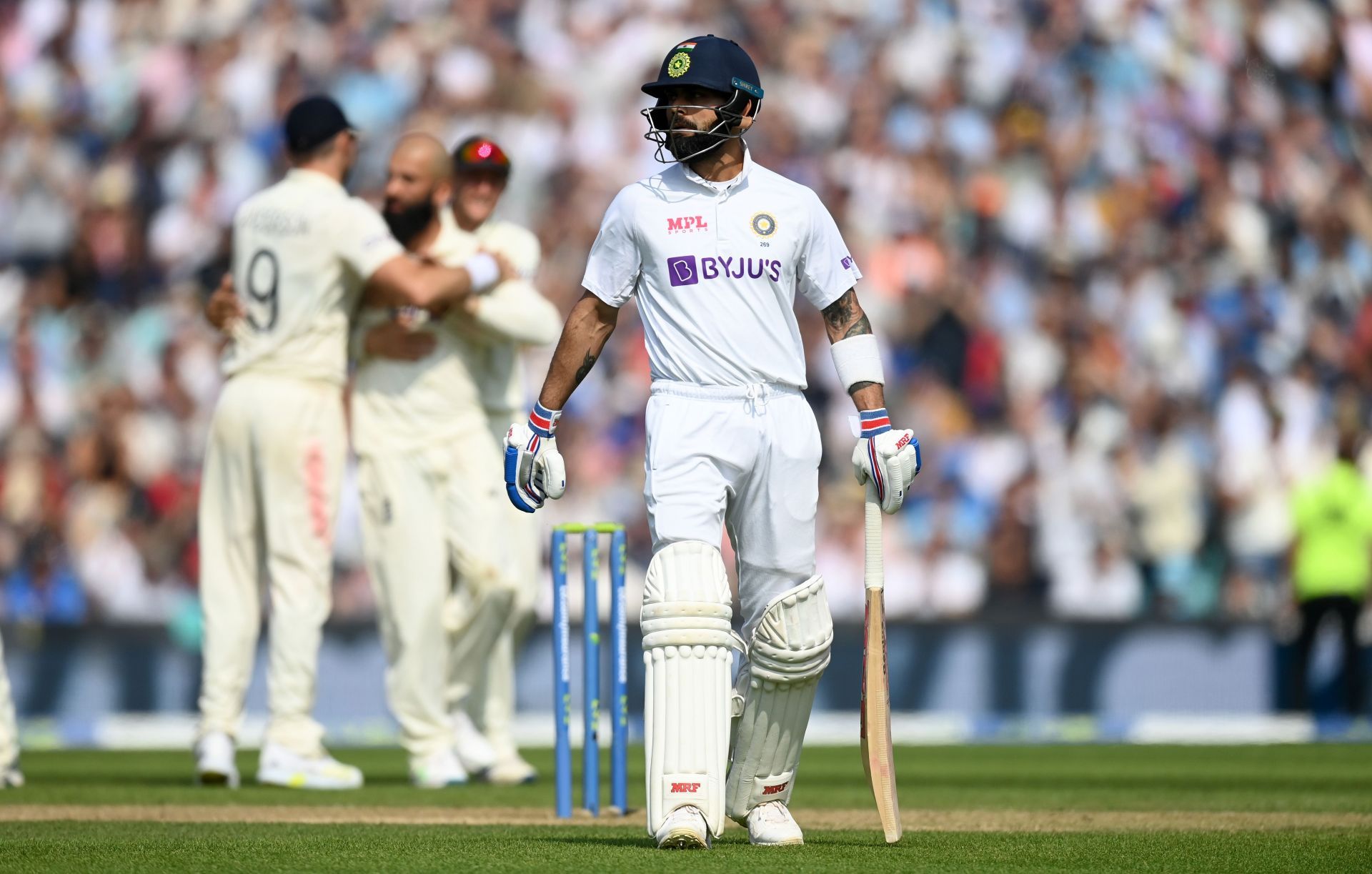
This is a key reason why it was important to relieve Kohli of the captaincy duties in the shorter formats. When he took over the leadership, Kohli was clearly enjoying the additional responsibility and it was bringing out the best in him. But over time, the pressure of leading in all formats seemed to be getting to him. The T20 World Cup was the nadir for the 33-year-old as he looked completely lost as captain.
The duty of captaincy has clearly taken its toll on Kohli the batter in recent times. It can’t be a coincidence that he hasn’t scored an international century in over two years. With the T20 World Cup coming up next year and the 50-over edition to be played at home in 2023, India need Kohli the batter to start scoring consistently again.
He might not touch his peak again, but even if Kohli can recapture 70 percent of his magic, it will benefit India immensely.
Of course, Kohli will continue to lead India in Tests but captaining in one format as opposed to three will definitely be easier for him. In fact, focusing on batting was the prime reason behind Kohli quitting the T20I captaincy. Now that he has been relieved in one more format, there is all the more reason for him to start roaring again with the willow.
#3 It is the way forward
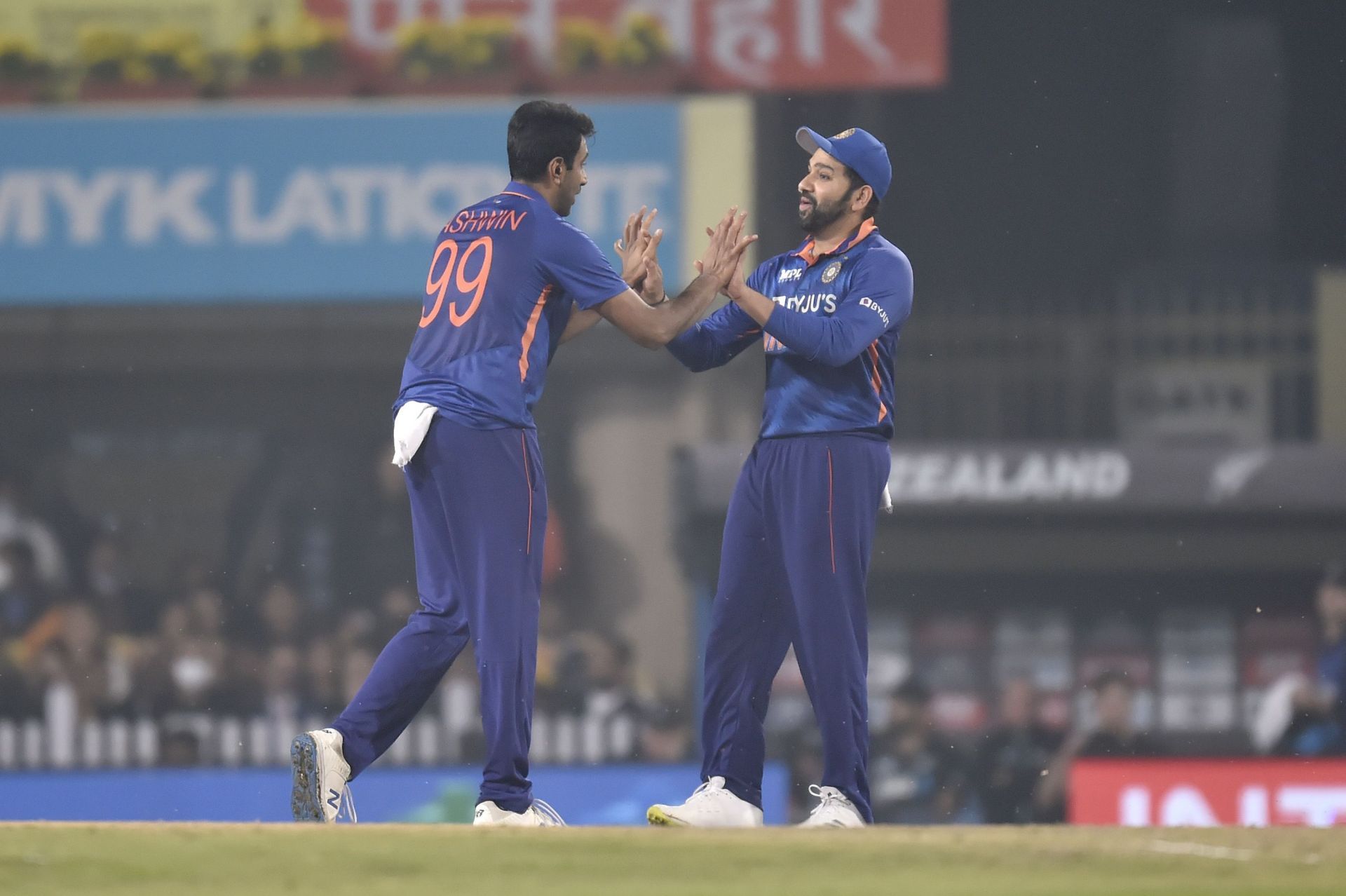
COVID has changed the lives of people all over the world and cricketers have not been immune to it. Staying in bio-bubbles and quarantine might become a way of life for cricketers, although restrictions might be eased with time. Kohli, Dravid and former coach Ravi Shastri have openly spoken about the importance of mental breaks for cricketers from confined environments.
Under such circumstances, one really cannot expect a captain to lead the team in both white ball and red-ball formats. While the above point applies to all other cricketing nations as well, India will be the worst hit because of the amount of cricket they play, virtually hopping from one tournament to another.
As such, split captaincy is a highly sensible move. In fact, India should also start looking at grooming the next set of leaders who can take charge when the big names are away on a break due to fatigue or fitness issues.
India have made the right start by splitting the red and white-ball captaincy. But as mentioned, this is only the start. Indian cricket still has a very long way to go when it comes to systematic planning and implementation of leadership roles.
